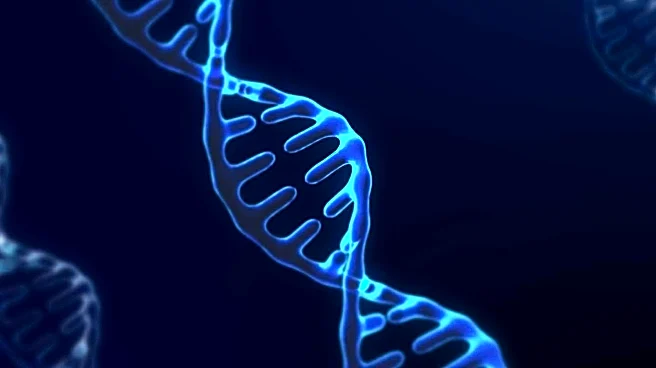What's Happening?
A comprehensive study has successfully assembled the genome of Omiodes indicata, a species of moth known for its impact on soybean crops. The research involved collecting samples from a soybean test field in China and maintaining them under controlled conditions. Using advanced sequencing techniques, including Illumina and PacBio systems, researchers generated high-quality sequencing data to construct a detailed genome assembly. The final assembly spans 493.08 Mb and consists of 59 scaffolds and 100 contigs, with 99.80% of sequences anchored to 31 chromosomes. The study also identified 14,713 protein-coding genes and a diverse array of non-coding RNAs, providing insights into the genetic makeup of O. indicata.
Why It's Important?
The genome assembly of Omiodes indicata is significant for agricultural and environmental research, particularly in understanding pest control and crop protection. By identifying the genetic structure of this moth, scientists can develop targeted strategies to mitigate its impact on soybean crops, which are vital for food production and industry. The findings also contribute to broader genomic studies, enhancing knowledge of insect genetics and evolution. This research could lead to improved pest management techniques, reducing economic losses and promoting sustainable agricultural practices.
What's Next?
Future research may focus on utilizing the genome data to develop biocontrol methods or genetic interventions to manage Omiodes indicata populations. Scientists might explore gene editing technologies to alter pest behavior or reproduction, potentially reducing their impact on crops. Additionally, the study sets a precedent for similar genomic projects on other agricultural pests, paving the way for comprehensive pest management solutions.
Beyond the Headlines
The ethical implications of genetic interventions in pest control are worth considering, as they may affect ecosystems and biodiversity. Researchers must balance the benefits of pest management with potential risks to non-target species and environmental health. Long-term studies are needed to assess the ecological impact of such interventions.













